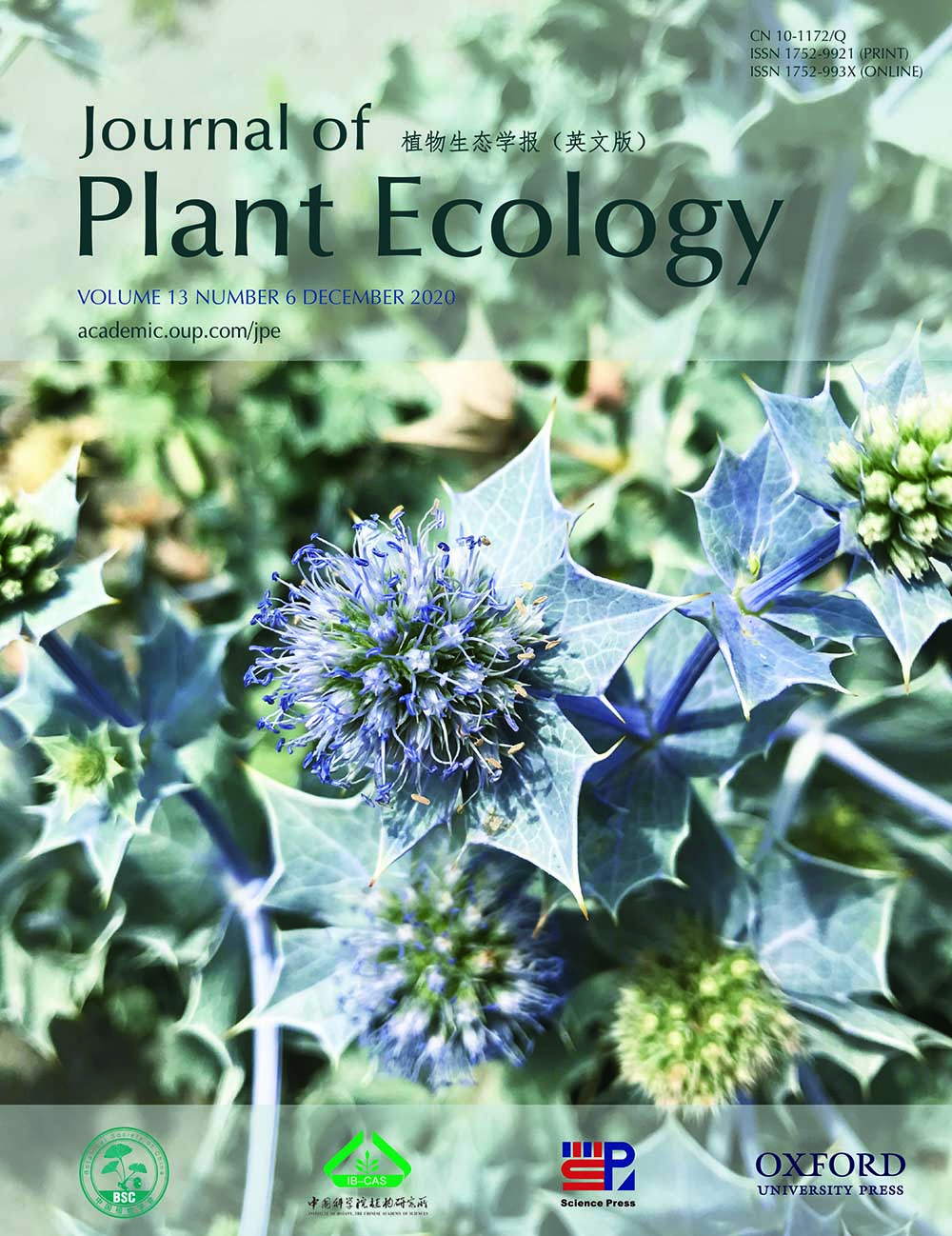Aims
Populus deltoides and P. euramericana are widely used in China as major forestry species. At present, little is known about their responses to nitrogen (N) deficiency when grown in monocultures or mixed plantations. The aim of this investigation was to analyze the growth, and morphological and physiological responses of P. deltoides and P. euramericana to different N levels under competition conditions.
Methods
We employed two Populus species (P. deltoides and P. euramericana) to discover how N deficiency affects plant traits under different competition types (P. deltoides × P. deltoides, intraspecific competition; P. euramericana × P. euramericana, intraspecific competition; P. deltoides × P. euramericana, interspecific competition). Potted seedlings were exposed to two N levels (normal N, N deficiency), and nitrogen- and competition-driven differences in growth, morphology and physiology were examined.
Important Findings
Under normal N conditions, interspecific competition significantly decreased the total root weight, root mass fraction (RMF), root–shoot ratio (R/S) and carbon/nitrogen ratio (C/N), and increased the leaf dry weight, leaf mass fraction and total leaf area of P. euramericana compared with intraspecific competition. The same conditions significantly affected the growth and morphological variables of P. deltoides, except for the dry weight of fine roots, R/S, specific leaf area, RMF, total nitrogen content and C/N compared with intraspecific competition. In addition, chlorophyll a (Chla), total chlorophyll (Tchl), carotenoid contents (Caro) and the carbon isotope composition (δ 13C) of P. deltoides were significantly lower in interspecific competition than in intraspecific competition, but no difference was detected in P. euramericana. The effects of N deficiency on P. deltoides under intraspecific competition were stronger than under interspecific competition. In contrast, the effects of N deficiency on P. euramericana between intraspecific and interspecific competition were not significantly different. These results suggest that under normal N condition, P. deltoides is expected to gain an advantage in monocultures rather than in mixtures with P. euramericana. Under N deficiency, the growth performance of P. euramericana was more stable than that of P. deltoides under both cultivation modes.








